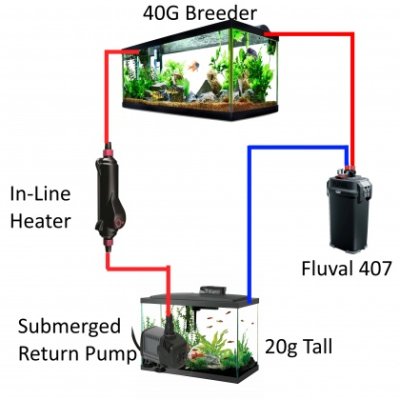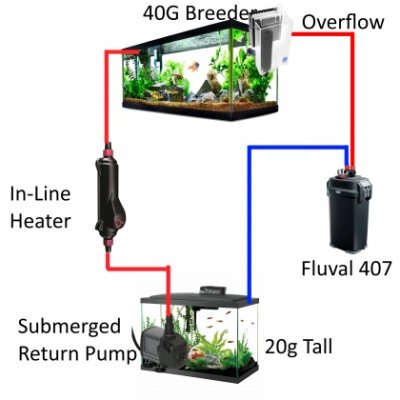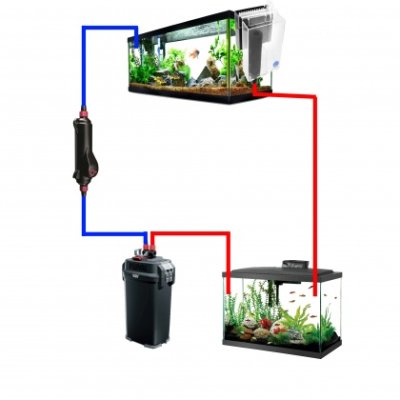Hi all!
So I recently decided to get back into fish keeping and picked up a 40g breeder aquarium. I have simple experience in freshwater (30g tank I had for a few years which is the spare in question) and also had a nano 5g saltwater reef aquarium at my office. I've never had a sump or refugium (tbh, I'm a litle hazy on what the major differences are).
What I'd like to know is how I could possibly use my old 30g as a "addition" to my new 40g freshwater. I'd prefer to use the cannister filter I have for filtering purposes (converting it for filtration would be a pain since it's a bowfront) but was thinking having an extra 30g available would be nice for a few reasons:
Any advice or tips would be greatly appreciated and thank you in advance!
So I recently decided to get back into fish keeping and picked up a 40g breeder aquarium. I have simple experience in freshwater (30g tank I had for a few years which is the spare in question) and also had a nano 5g saltwater reef aquarium at my office. I've never had a sump or refugium (tbh, I'm a litle hazy on what the major differences are).
What I'd like to know is how I could possibly use my old 30g as a "addition" to my new 40g freshwater. I'd prefer to use the cannister filter I have for filtering purposes (converting it for filtration would be a pain since it's a bowfront) but was thinking having an extra 30g available would be nice for a few reasons:
- Water changes would be simpler and wouldn't disturb the display tank.
- More water volume is a plus for stocking as well as catching/minimizing water param fluctuations.
- Adding medications, supplements, etc. is a little less "shocking" to the system.
- I'd love to grow more plants in the "refugium" as well as possibly use it for fry if my fish happen to spawn.
Any advice or tips would be greatly appreciated and thank you in advance!

 What you can do is google " Pictures of aquarium sumps" so you can see the different ways they can be done. ( I just wanted to show you different ways of setting them up and a picture says 1000 words.
What you can do is google " Pictures of aquarium sumps" so you can see the different ways they can be done. ( I just wanted to show you different ways of setting them up and a picture says 1000 words. 

